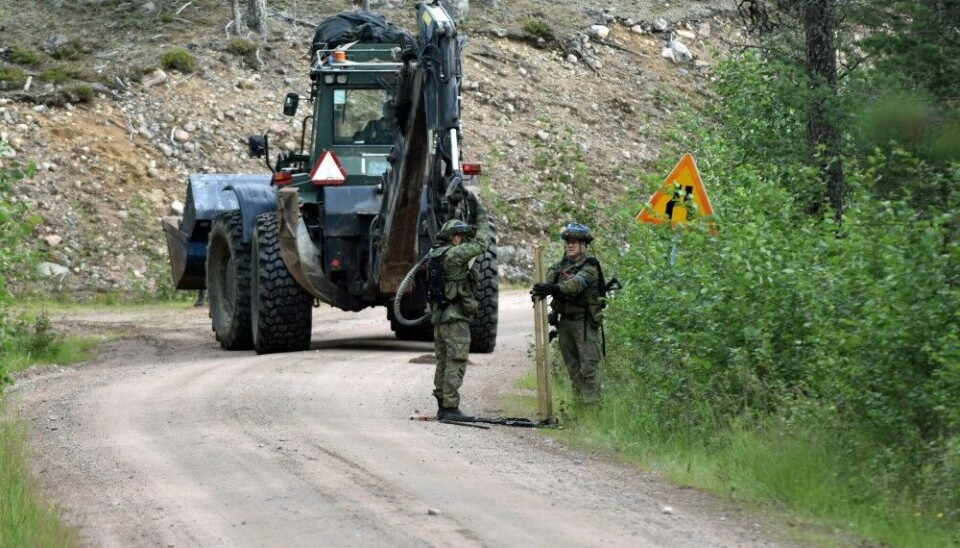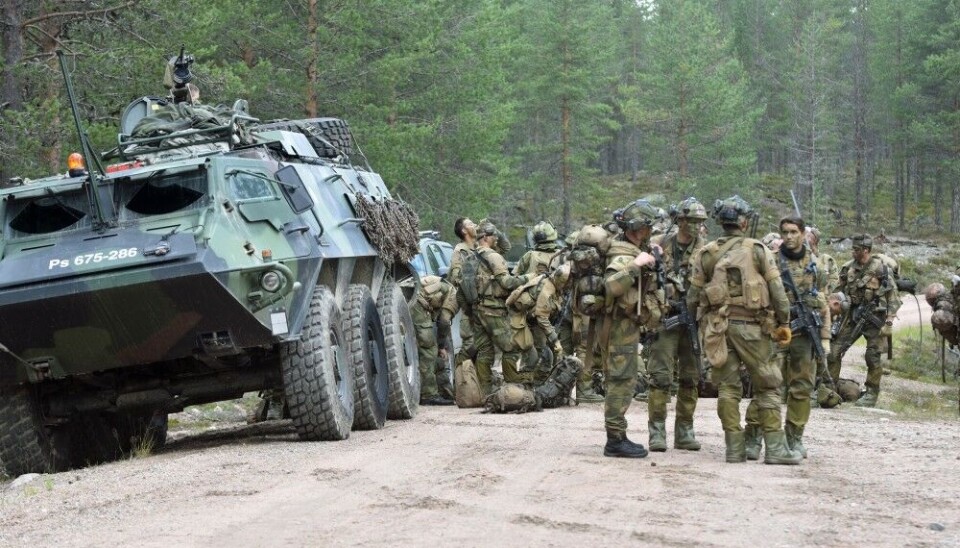
With northern focus, Finland applies EU funding to improve military mobility
Roads, railways and bridges in Lapland with links to Sweden and Norway are crucial for both military and civilian transportation to Finland in case the Baltic Sea should be closed.
The Finnish Government said an application of €43 million is sent to the European Union’s Connecting Europe Facility (CAF), a funding instrument to promote competitiveness through infrastructure investment for the member states.
Finland now argues this funds could also help improve military mobility across the EU by adapting parts of the trans-border transport network funding for dual use, improving both civilian and military transport. The country became a NATO member on April 4 this year, and reinforcement of Lapland with forces from Sweden and Norway has already been exercised.
This is the first time the new security landscape in northern Europe following Russia’s all-out war on Ukraine could trigger dual use of EU funding for roads and railways.
More than half of the sum, €23 million, will be earmarked for projects in Lapland, Finland’s northernmost region bordering Sweden and Norway, broadcaster YLE reported.

Upgrade of the old railway bridge across the Tornio River tops the list of seven highlighted projects by the Finnish Government. This railway line connects northern Finland with the city of Haparanda in Sweden and by that, further north towards the Norwegian deep-sea port of Narvik.
The European Union has since 2011 contributed funding for upgrading the so-called Haparanda Line, and in 2018, the railway became listed in the EU’s long-term budget for transport infrastructure.
Other projects of military mobility importance for Finland in the north include renovation of the Oulu-Laurila railway, the road from Rovaniemi towards Vikajärvi and the railway bridge at Kalliosalmi in Kemijärvi, not far from where Finland has Europe’s largest artillery practice range, Rovajärvi.

Lapland Chamber of Commerce, together with Ramboll consulting company this September published a study exploring Finland’s alternative routes for exports and imports in a situation where the Baltic Sea would be partially closed to maritime traffic.
“As a result of the survey, we state that approximately 50% of Finland’s imports and exports would theoretically be possible to organize through Lapland’s land connections. This amount includes Finland’s mutual exports with Sweden and Norway, which are entirely carried out by land transport,” said Liisa Ansala, CEO of the Lapland Chamber of Commerce.
The study especially highlights connections to the two Norwegian ports of Narvik and Tromsø.
Half of Finland’s annual imports and exports (94,600 thousand t) would mean 1,313,900 transports per year transferred to land transport. 1,800 vehicle combinations should be driven in both directions every day of the year.














